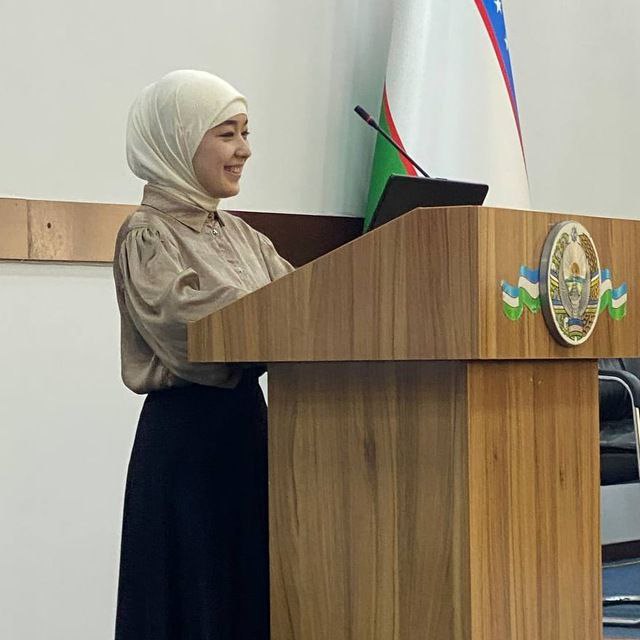
Backend programming languages and their advantages
A backend developer provides functionality for a website or web application, data processing. Therefore, backend developers must be familiar with working with data warehouses. They are also required to be able to work with algorithms of varying degrees of complexity and build architectures for projects. In fact, backend refers to both software and hardware. However, historically, backend has also been clearly distinguished from web-development. And this is currently the most popular area.
Backend programming languages are used to create applications that run on the server side. With the help of these languages, you can process data, write server logic and work with databases. Some popular backend programming languages are:
A backend developer must know at least programming languages such as Java, Python, Ruby, etc.
Popular programming languages in which backend developers write code are PHP, Ruby, Python, Node.js, C # and Java. A good backend developer will usually be a master of one of these languages, but will also have the ability to code in 2 or 3 programming languages. Backend developers will also need to be proficient with at least one of the following databases: MySQL, PostgreSQL, Oracle, and SQL Server.
PHP is a common scripting language that is widely used for developing web applications. It is currently supported by a large number of hosting providers and is one of the leading languages used for creating dynamic websites.
Many content management systems, with backend languages that cannot do JavaScript, are built in the same programming language as many large, complex web applications.
The Java software platform is a set of software products and specifications from Sun Microsystems, formerly an independent company and now a subsidiary of Oracle Corporation, that together provide a framework for developing software and integrating it into any cross-platform application.
Ruby is a dynamic, reflective, interpreted high-level programming language. The language has operating system-independent multiprocessing, powerful dynamic typing, a garbage collector, and many other features.
Python is a high-level general-purpose programming language aimed at improving programmer productivity and code readability. The Python core syntax is minimalist. At the same time, the standard library contains a large set of useful functions.
A backend developer pays close attention to the architecture of databases, scripts, and websites. The code written by BackEnd developers helps to deliver database data to the browser.
BackEnd developers usually work with developers on the front-end to work on the design of a site or application (or to make changes to this design if necessary) and to develop their code.
Go was developed by Google, has high performance and ease of use.
C# is used to create scalable web applications using the .NET framework.
These languages are different from each other and are chosen depending on the requirements of the project. Each language has its own advantages and disadvantages, so programmers make a choice based on their needs. Backend programming languages have several advantages. These languages allow you to create applications that run on the server side. The following are the main advantages:
1. Data Ingestion: Receiving and processing requests from users or other systems.
2. Data Processing: Analyzing, correcting, and applying the necessary logic to the received data.
3. Database Management: Performing CRUD (Create, Read, Update, Delete) operations, i.e. creating, reading, updating, and deleting data.
4. API Creation: Creating RESTful or GraphQL APIs to communicate with the user interface or other services.
5. Security Provisioning: Establishing authentication (user authentication) and authorization (user permissions control) mechanisms.
6. Error Handling: Detecting and handling errors that occur in the application, and delivering appropriate messages to the user.
7. Logging: Implementing logging functions to monitor system activity and problems that occur.
8. System Expansion and Optimization: Adding new features as the application grows, improving performance, and optimizing resources.
9. Server Management: When the application is deployed on the server, dealing with server configuration, monitoring, and updates.
These activities represent the main processes performed by backend developers in application development. The goal of each activity is to ensure the reliability and efficiency of the system.
Conclusion: If the question arises, “How is this organized, or in what sequence are tasks performed?”, Backend should be chosen. Backend programming languages are used to create applications that run on the server side. These languages are used to process data, write server logic, and work with databases.
References:
2.https://www.coursereport.com/blog/front-end-development-vs-back-enddevelopment-where-to-start
3. https://www.guru99.com/what-is-backend-developer.html
Olimova Muslima was born on August 7, 2007 in Asaka, Andijan region. Her interest in science and technology from a young age made her a talented and hardworking person. Muslima graduated from school No. 13 of Asaka district with a gold medal and became a prizewinner at the regional stage of science Olympiads.Currently, Muslima is a 1st-year student at Andijan State Technical Institute, majoring in “Information Systems and Technologies”. She is an ambassador of the “Wakelet” community in Uzbekistan and works in the field of global science.Muslima has published many scientific articles, theses and books, her books are sold in 26+ countries. As a Star Up winner and founder of Muslima Academy, she inspires young people, implements new ideas and scientific innovations.Muslima’s achievements make her famous not only in her country, but also worldwide. Her life and work are a source of inspiration for young people, demonstrating the importance of determination and hard work in realizing dreams.
